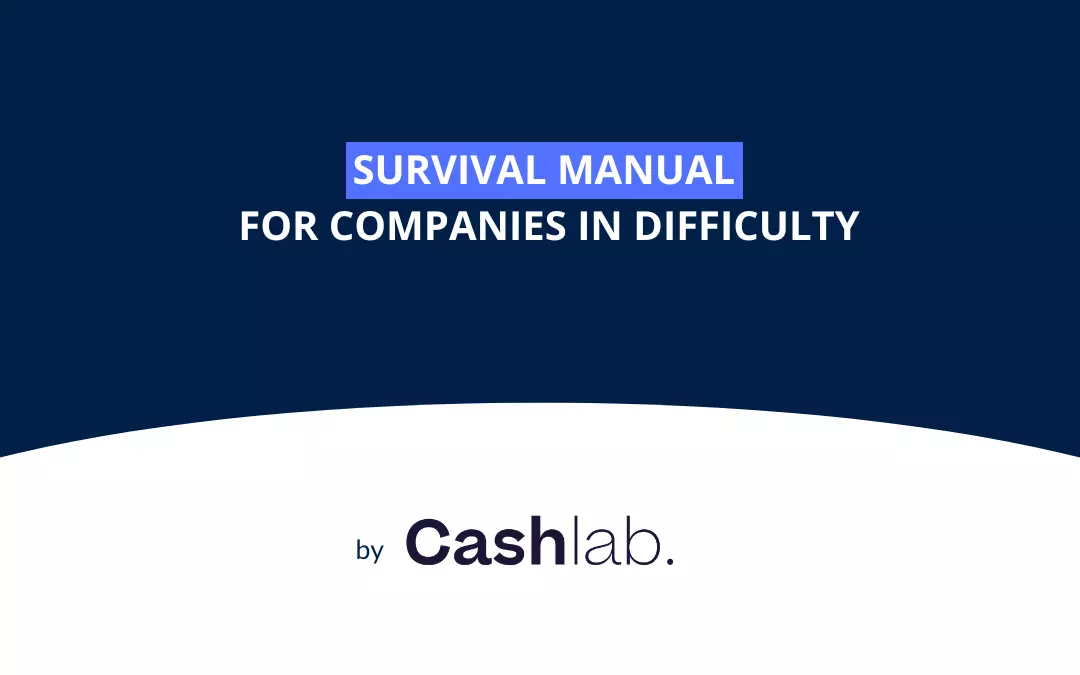The most known are the collective procedures, which include receivership and judicial liquidation. Nevertheless, there are alternatives before reaching receivership: the ad hoc mandate and the conciliation procedure. They are confidential and flexible and aim at restoring the company's situation. The sooner they are set up, the more likely they are to succeed.
The choice of procedure depends on the situation of the company:
- Before a state of cessation of payment, an ad hoc mandate procedure will be chosen,
- But after, the company will have to opt for a conciliation procedure.
The ad hoc mandate procedure
The ad hoc mandate procedure s’adresse à toutes les entreprises, en cas de difficultés financières ou de crise ponctuelle. The only condition is that they are not in a state of suspension of payments.
They help the manager to negotiate with his partners. And also to distribute his debts with the public actors (URSSAF for the employer's contributions and the Public Treasury for the VAT, the CET and the IS). These procedures can be triggered by a simple request to the President of the Commercial Court of the company's registered office to appoint an ad hoc representative. His mission is then defined according to the measures envisaged, while the director remains in office. The duration of the mandate can vary, even if it is generally 3 months renewable. Ainsi, l’objectif du mandataire ad hoc est d’aider le dirigeant à négocier un accord avec ses principaux créanciers pour éviter la cessation des paiements.
The conciliation procedure
If the company is already in a state of suspension of payments (but not for more than 45 days), it will opt for a conciliation procedure. It is therefore aimed at companies in a more advanced stage of difficulty, and can be set up after an ad hoc mandate.
Une fois la procédure de conciliation ouverte, les créanciers ne peuvent plus demander le redressement ou la liquidation de l’entreprise.
In this case, a conciliator is appointed for a period of 4 months, which can be renewed several times (since August 24, 2020). His objective is similar to that of a mandatary: to find an agreement between the company and its main creditors. Unlike an ad hoc mandate, payment deadlines (maximum 2 years) can be granted to a manager regarding a creditor who would have sued him for payment.
Si aucun accord n’est trouvé entre les deux parties, la procédure de conciliation est alors arrêtée. Mais si un accord est trouvé, il doit être constaté par le tribunal pour être ensuite appliqué. Une fois que les créanciers ont signé cet accord, ils ne peuvent plus demander à l’entreprise le paiement de leurs créances. Néanmoins, si l’accord n’est pas respecté, le tribunal peut l’annuler.
Then, the court can approve the agreement if the following conditions are met:
- L’entreprise en difficulté n’est pas en cessation des paiements ou l’accord conclu y met fin,
- Les termes de l’accord permettent d’assurer la pérennité de l’activité de l’entreprise,
- L’accord préserve les intérêts des créanciers non signataires.
A conciliation agreement may include:
- Délais de paiement pour les dettes de l’entrepreneur,
- Forgiveness of debts
- Remission of interest and penalties for late payment
Ainsi, une fois l’accord homologué, les créanciers et partenaires ont une priorité de paiement. Et ne se verront pas imposer des délais dans le cas où l’entreprise serait en situation de sauvegarde, redressement ou liquidation judiciaire. À prendre en compte que la confidentialité de l’accord est perdue à l’homologation.
Written by Eléonore Berne, on 22/09/2022.
Interview de Sébastien Le Nevé, Directeur commercial Sage
Sébastien Le Nevé explique en quoi notre partenariat avec Sage XRT donne les moyens aux directions financières de piloter leur Cash dans les meilleures conditions.
The 10 best tips to manage Cash according to Sabbir Rahman, former Head of Treasury for ASOS
Sabbir Rahman, former Head of Treasury for ASOS, gives us his advice on managing a company's cash.
Les prochains défis pour l’avenir de la trésorerie en 2023 : entretien avec Sabbir Rahman
Sabbir Rahman, former Head of Treasury for ASOS, explains the next 3 big challenges of treasury in 2023.
![]()
📍1, rue des Prouvaires
75001 Paris
Follow us:
©2023 All rights reserved. | Cashlab | Legal Notice




